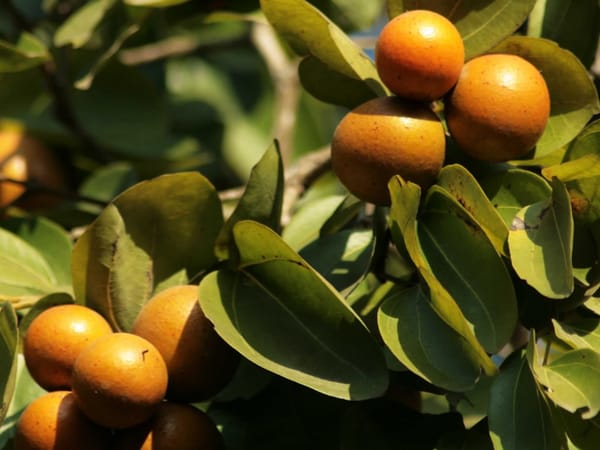Stinging Nettle

Overview
Botanical Name: Urtica dioica L.
Unani Tibb Name: Bichhu Booti
Family: Urticaceae
Parts used: Leaves (the younger the leaves the better)
Mizaj (Temperament): Hot & Dry
Properties
- Fatty acids - promote positive brain functions, healthy cell membrane formations, and a sustainable source of energy. (Nettle is often given as a treatment for adrenal fatigue & mental exhaustion because of these properties).
- Fiber - as well as taken as a herb, this plant can also be consumed as a vegetable. Fiber adds bulk to the stool, helping with constipation prevention. Fiber allows us to feel more full, and so it's a fantastic vegetable to consume, especially when it's in season.
- Flavanoids - plant compounds with anti-oxidant properties. It particularly contains Rutin believed to possess vascular health-enhancing properties. (In a nutshell, it's a very nutritive and tonifying herb).
- Vitamin A - promoting eye health and overall immunity enhancer.
- Chlorophylls - It's a green pigment found in green vegetables. As a dark green plant, nettle has a lot of chlorophyll. Due to the similar structure of chlorophyll and red blood cells, plants like nettle are used as a plant-based source of blood production.
Actions:
- Antioxidant: Substances that inhibit or neutralize the damaging effects of free radicals in the body, promoting cellular health.
- Antiplatelet: Compounds that prevent the aggregation of blood platelets, reducing the risk of clot formation.
- Hypoglycemic: Agents that lower blood glucose levels benefit individuals with diabetes or elevated blood sugar.
- Hypocholesterolemic: Substances that help lower cholesterol levels in the blood, supporting heart health.
- Anti-bacterial: Agents that inhibit the growth or kill bacteria, aiding in the prevention or treatment of bacterial infections.
- Anti-inflammatory: Compounds that reduce inflammation in the body, alleviating pain and supporting overall well-being.
- Anti-ulcer: Substances that help prevent or alleviate ulcers in the gastrointestinal tract.
- Diuretic: Agents that promote the excretion of excess water and salt from the body, often used to manage conditions like edema.
- Astringent: Substances that contract tissues, typically used to reduce bleeding or tighten the skin.
- Emmenagogue: Agents that stimulate or regulate menstrual flow.
- Anthelmintic agent: Substances that expel or destroy parasitic worms, commonly used to treat worm infestations.
Therapeutic Uses:
- Nutritional tonic - Whole plant.
- Cough, cold, jaundice, and asthma - Roots
- Fever - Juice of the stems.
- Cuts, burns, and wounds - Juice of the leaves, obtained by squeezing.
- Post- childbirth to gain energy, the decoction of the leaves is given as well as for the treatment of menstrual disorders and jaundice.
- Diarrhea and dysentery - The paste of leaves.
- Cough and cold - Boiled leaves.
In India, leaf juice is used to treat epilepsy, and it is also used locally to treat boils and blisters It is reported to be used for the treatment of rheumatism and gastrointestinal disorders in Italy. (2)
The hairs of this plant release histamine and acetylcholine when touched. Therapeutically, this effect relieves joint pain. The hairs trigger the effect when fresh leaves are applied to the joint. This is called urtication (external stinging) and is often used by herbalists to promote pain relief.
Dosage/Applications:
Tea - typically 1 to 2 cups per day. To prepare tea, steep 1 to 2 teaspoons of dried nettle leaves in hot water for about 5 to 10 minutes.
Capsules - A common dosage is 300 to 600 mg, taken 2 to 3 times per day.
References:
- Jakubczyk K, Janda K, Szkyrpan S, Gutowska I, Wolska J. Pokrzywa zwyczajna (Urtica dioica L.)--charakterystyka botaniczna, biochemiczna i właściwości prozdrowotne [Stinging nettle (Urtica dioica L.)--botanical characteristics, biochemical composition and health benefits]. Pomeranian J Life Sci. 2015;61(2):191-8. Polish. PMID: 27141606.
- Devkota HP, Paudel KR, Khanal S, Baral A, Panth N, Adhikari-Devkota A, Jha NK, Das N, Singh SK, Chellappan DK, Dua K, Hansbro PM. Stinging Nettle (Urtica dioica L.): Nutritional Composition, Bioactive Compounds, and Food Functional Properties. Molecules. 2022 Aug 16;27(16):5219. doi: 10.3390/molecules27165219. PMID: 36014458; PMCID: PMC9413031.
NO HEALTH ADVICE GIVEN OR CONSIDERED – Nothing heard, downloaded, seen, or via private coaching, shall be considered to be health advice. The member waives all claims and accepts full unconditional responsibility for any claims made in this regard. The member agrees they are subject to a $100,000 USD per claim for making such claims regarding results, health advice, or false claims of liability directed toward UnaniReads, Shifaa Khan and or any of its officers.
By: Shifaa Khan, beneficiary, without prejudice




